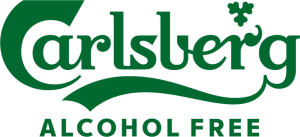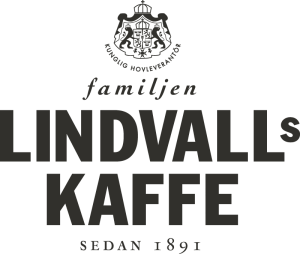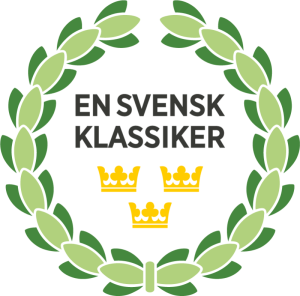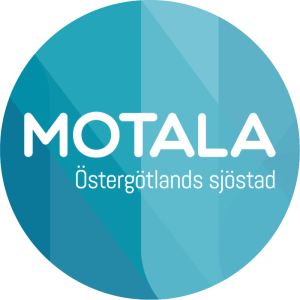The course for Vätternrundan 100 km goes south along lake Vättern, makes a wide circle and then heads back north again to Motala. There are three rest stops. The course is very picturesque, varied and challenging enough for both beginners and intermediate cyclists. The cyclists start in groups of ca 50 riders between 1 pm and ca 01:30 p.m. The finish closes at 9 p.m.
The rest stops
All the rest stops offer something to eat and drink, massage and bicycle repairs.
Rest stops are clearly marked in advance with the sign “Depå”. If you do not want to stop at the rest stop, move out into the middle of the road. If you want to stop at the rest stop, keep to the right and signal. Use hand signals and be observant as confusion at rest stop entry points can lead to accidents.
Borghamn 32 km
The first stop is usually reached quickly. Take a rest and then start climbing up the beautiful mountain Omberg. Beverages, buns and bananas is served in Borghamn.
Rök 54 km
Home of the famous runestone, with the world’s longest runic inscription, and a popular rest stop at the half way mark. Beverages, buns and bananas.
Skänninge 76 km
This rest stop is on the town square of a well-preserved medieval town. Beverages, buns and bananas.
Sights along the route
After being escorted out of Motala, the cyclists head south and pass Vadstena, a picturesque medieval town and a “must-see” in the Michelin Guide. After the rest stop in Borghamn, the route takes you over Omberg, a mountain that rises 170 metres above Lake Vättern. Once a royal park, this is now a nature reserve with a rich variety of flowers.
At the southern slopes the course turns east, passing the monastery ruins at Alvastra. Now the course crosses beautiful farming country and the two villages of Heda and Rök, founded in the Viking Age.
A couple of hundred metres ahead of the rest stop in Rök you can see the famous runestone, with the world’s longest runic inscription.
After Rök you approach an area that was the centre of power for several kings ruling Sweden during the middle ages. While keeping your eyes on the road you can allow yourself to glance at the churches of Appuna and Bjälbo, two particularly important churches during the middle ages among the many churches on these plains.
The last rest stop is in the town square in Skänninge. Skänninge is a well-preserved town established in the 12th century, once considered the country’s capital.
Course marshals
Course marshals are posted at various points along the route. They will help you at traffic junctions and in places where there may be some doubt about the route. In addition, traffic cones and other markings are used to keep you on track. There is no need to bring a map.
Service cars
If you need assistance along the route, flag down a passing service car, or stop and a service car will come and pick you up.
























